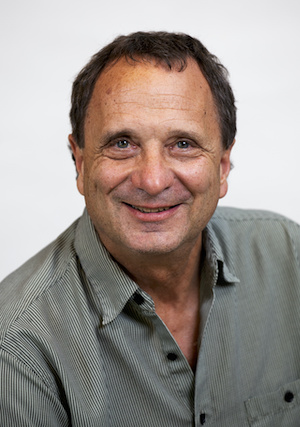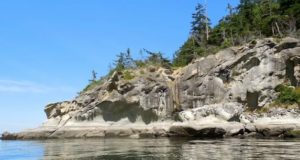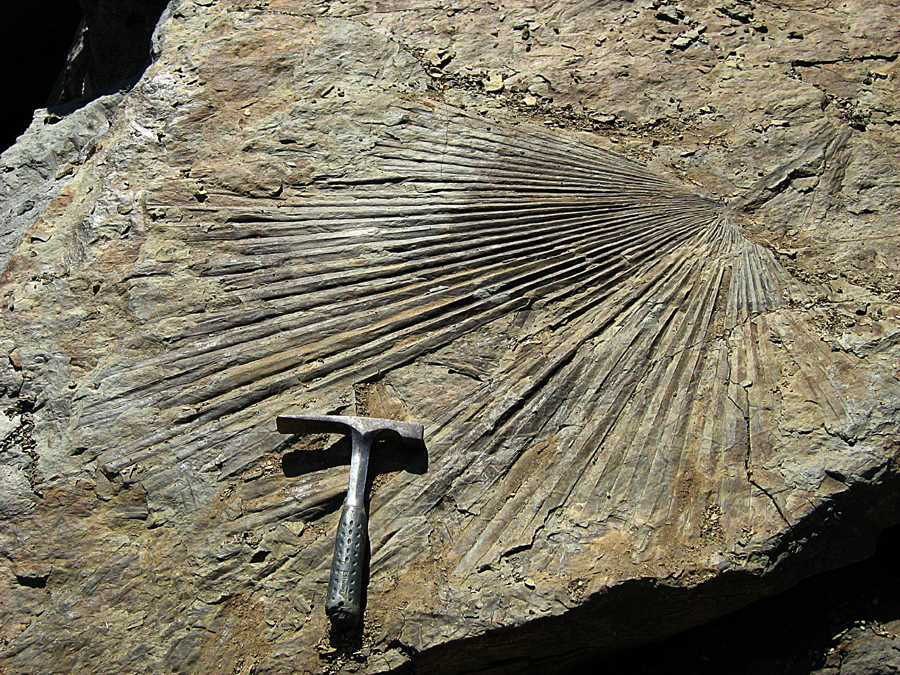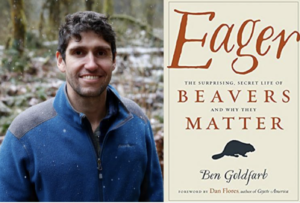The Battle for the Abyss: Mining, conservation, and bioprospecting interests square off on the deep sea
The Lecture
Nearly 60% of the surface of our planet is covered by more than 2000 m of water. The deep seabed is the largest and least explored ecological region on Earth. With no light for photosynthesis, this cold high-pressure environment is a food desert, with most organisms feeding on organic debris that sinks from the surface ocean. Yet, there are an estimated 500,000 or more species in the deep sea, many of which occur nowhere else. The abyss has seen relatively little disturbance from human activities, but that situation is poised to change. Economic growth is driving increasing demand for base metals and rare-earth elements. Known mineral resources on land will soon be insufficient. Seabed mining is now technologically feasible and regulatory agencies such as the International Seabed Authority are currently finalizing regulations for mineral extraction. Environmental disturbance from seabed mining operations will be significant, with some mining operations at the scale of 10,000 square km or more. The presentation did shine some light on the current debate between deep-sea mining interests and the interests of biodiversity conservation and genetic resource biodiscovery. He also touched on some of the technologies that are being used for deep-sea exploration.
Manganese nodules, cobalt-rich manganese crusts, and polymetallic sulphides comprise the major mineral deposits that are currently being considered for mining. The romantic view of deep-sea mining that emerged in the mid-20th century must now contend with the realization that each of these deposits host unique faunal and microbial communities that would be severely impacted by mining operations. Together, we explored each of these environments and their inhabitants through imagery collected by research submersibles, and learn more about their biodiversity, their contribution to ocean ecosystem function, and their potential for biotechnological and pharmaceutical applications. He also introduced some of the players in this “battle for the abyss,” from regulatory agencies to mining companies, deep-sea biologists and Big Pharma.
About the Speaker

Kim Juniper is Chief Scientist with Ocean Networks Canada (ONC), a University of Victoria-based organization that operates cabled ocean observatories in the Pacific, Arctic and Atlantic Oceans. He is also Professor in UVic’s School of Earth and Ocean Sciences and Department of Biology, and holder of the British Columbia Leadership Chair in Ocean Ecosystems and Global Change. He has authored more than 130 peer-reviewed publications on the microbiology, biogeochemistry and ecology of deep-sea hydrothermal vents, and low oxygen and other marine habitats. He has contributed scientific leadership and advisory roles to many national and international initiatives including, most recently, the Canadian Healthy Oceans research network (CHONe), the Partnership for Observation of the Global Ocean (POGO), OceanObs’19 and OceanObs Next, the North Pacific Marine Science Organization (PICES), and the European Marine water Column and Seafloor Observatory (EMSO-ERIC). He served as an occasional advisor to the International Seabed Authority during the development of regulations for the exploration and extraction of seabed mineral resources in areas beyond national jurisdictions. His current research is focusing on bio-prospecting methods for the assessment of the microbial genetic resources associated with seafloor massive sulphide deposits.
This lecture was recorded on Sat. April 2, 2022.


 The Chuckanut Formation is one of North America’s thickest sequences of non-marine sediment. It was deposited by a meandering river that flowed westward across Washington at a time when the Cascade Range had not yet been created. The strata accumulated to a thickness of at least 6,000 meters (20,000 ft). The oldest beds were deposited in the late Paleocene, but most deposition occurred in the early Eocene.
The Chuckanut Formation is one of North America’s thickest sequences of non-marine sediment. It was deposited by a meandering river that flowed westward across Washington at a time when the Cascade Range had not yet been created. The strata accumulated to a thickness of at least 6,000 meters (20,000 ft). The oldest beds were deposited in the late Paleocene, but most deposition occurred in the early Eocene. George Mustoe was born and raised in Nevada, arriving in Bellingham with his family at the formative age of 15. After some years at WWU getting educated as a geochemist, he eventually made a switch to paleontology as his main research interest. George has published close to 100 peer-reviewed journal articles that span a range of geoscience topics—a publication record that he cites as evidence of wide-ranging scientific interests or maybe just a short attention span. Following his retirement in 2014, George became a Geology Research Associate at WWU where he continues his pursuit of paleontology.
George Mustoe was born and raised in Nevada, arriving in Bellingham with his family at the formative age of 15. After some years at WWU getting educated as a geochemist, he eventually made a switch to paleontology as his main research interest. George has published close to 100 peer-reviewed journal articles that span a range of geoscience topics—a publication record that he cites as evidence of wide-ranging scientific interests or maybe just a short attention span. Following his retirement in 2014, George became a Geology Research Associate at WWU where he continues his pursuit of paleontology.